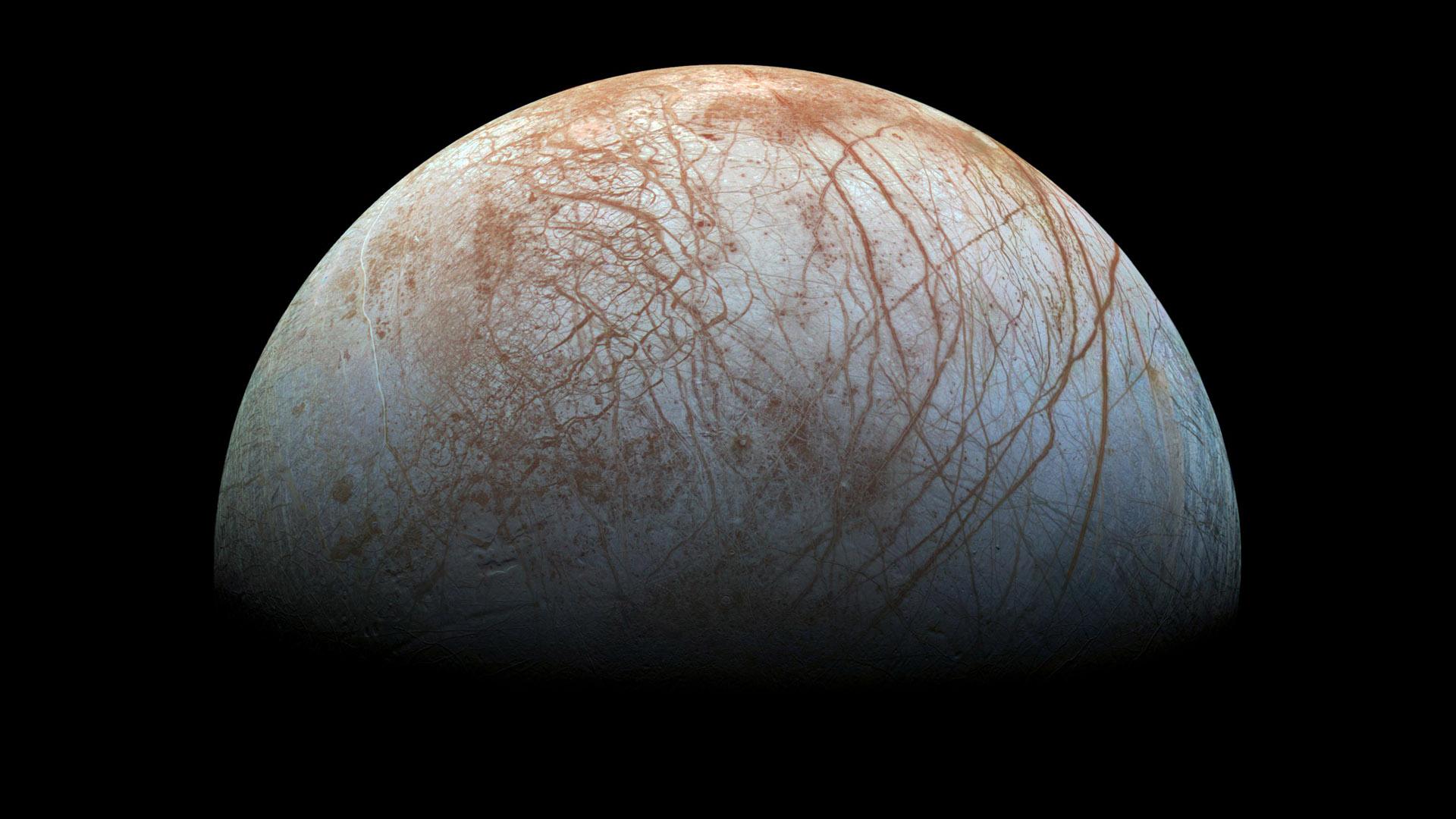Space Image of the Day Gallery (June 2016)
Image of the Day Archives

For older Image of the Day pictures, please visit the Image of the Day archives. Pictured: NGC 2467.
Two Moons in the Night
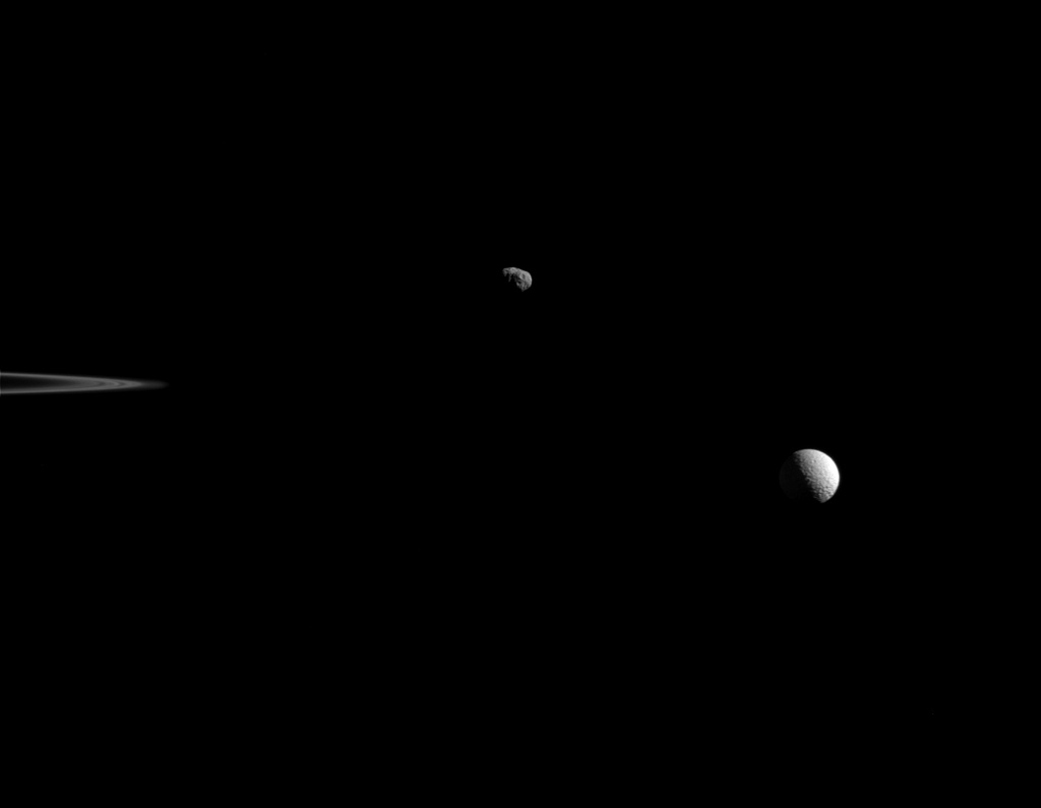
Wednesday, June 1, 2016: Saturn's moons Mimas (right) and Janus appear to hang silently in space as they orbit their ringed parent planet in this stunning photo from NASA's Cassini spacecraft at Saturn. The outer edge of Saturn's rings, called the ansa, is also visible at left. Cassini took this photo from a distance of 598,000 miles (963,000 kilometers) from Janus. The probe was about 680,000 miles (1.1 million km) from Mimas at the time. You can see Cassini's latest Saturn photos in our full gallery here. This image was captured by Cassini's narrow-angle camera on Oct. 27, 2015 and released by NASA on May 31, 2016.
-- Tariq Malik
Triple Play: The Moon, Venus & Jupiter
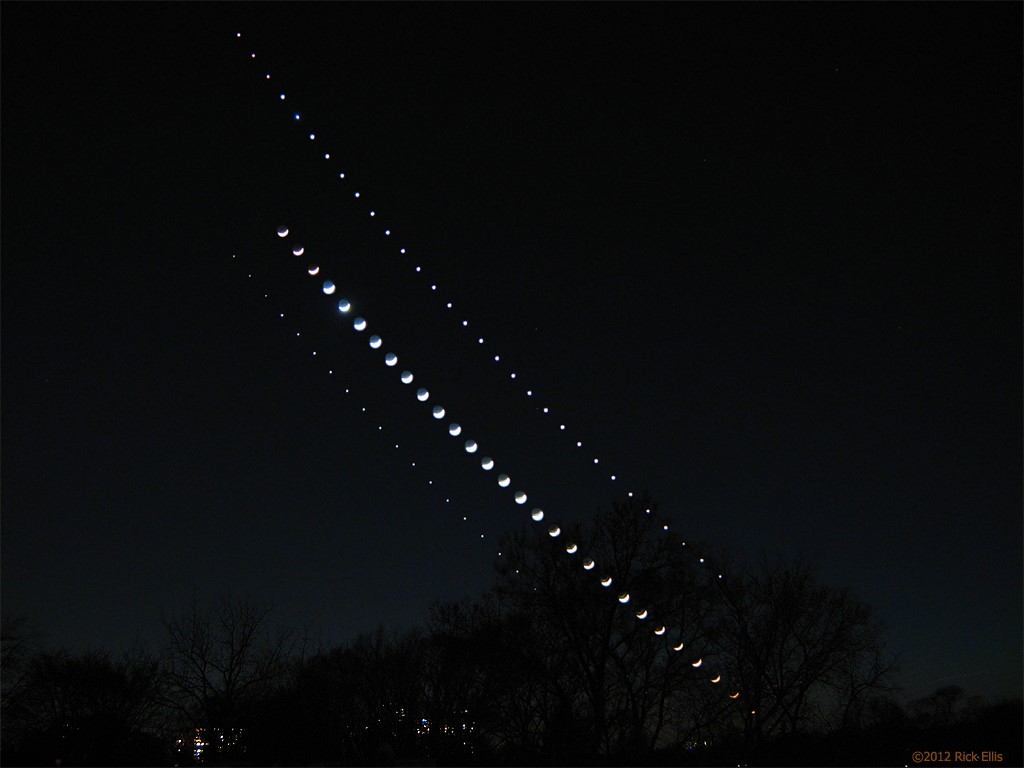
Thursday, June 2, 2016: Mars' recent arrival at opposition this week inspired amateur astronomer Rick Ellis to revisit his favorite astrophotography photos of all time to recall some of the most amazing sights of the night sky. Among his favorites was this one, an awesome composite view of the triple conjunction of the moon, Venus and Jupiter from March 25, 2012. Ellis took 31 images, each spaced five minutes apart, to create this composite photo.
-- Tariq Malik
A Shadow on the Moon
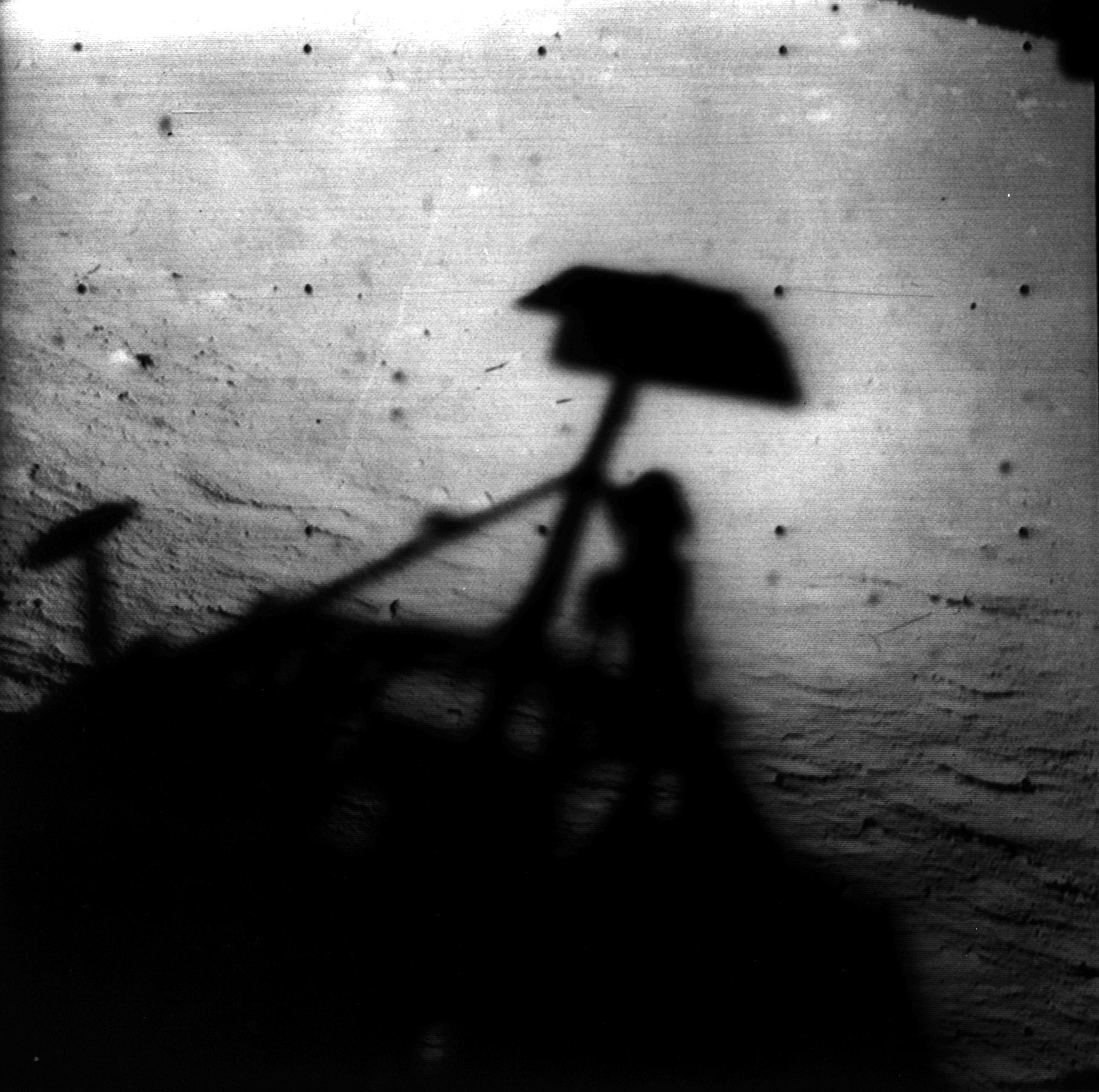
Friday, June 3, 2016: Fifty years ago this week - on June 2, 1966 to be exact - NASA's Surveyor 1 spacecraft landed on the surface of the moon, making history as NASA's first soft-landing on the lunar surface. (The then-USSR achieved the feat earlier that year in February 1966.) Surveyor 1 took more than 11,000 photos of the moon, but more importantly proved that NASA's soft-landing technique and spacecraft designs were sound. You can watch a video on how Surveyor 1 landed on the moon here. The mission set the stage for the first manned lunar landing by Apollo 11 just three years later in July 1969. Read more: The 21 Most Marvelous Moon Missions of All Time.
-- Tariq Malik
A Cosmic Hatchling
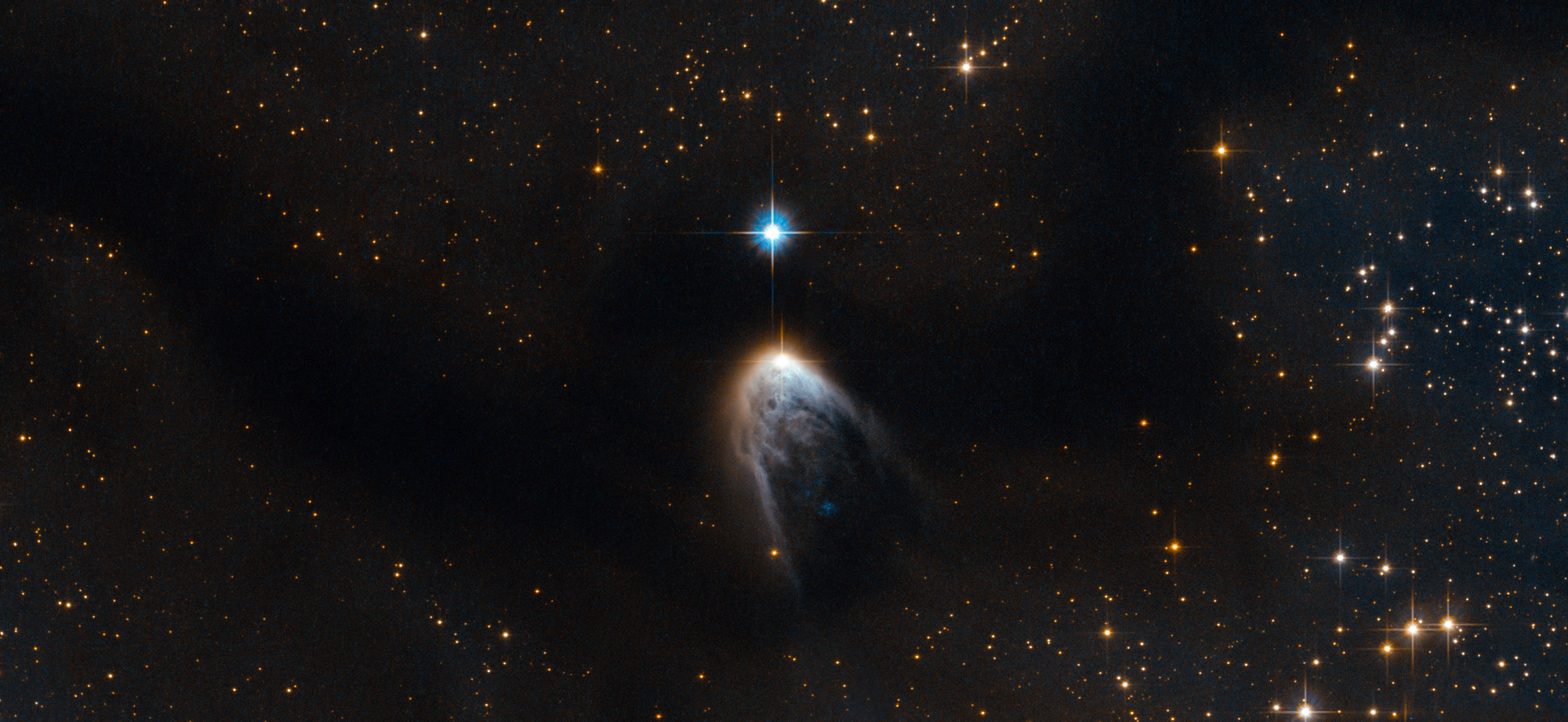
Monday, June 6, 2016: The young star IRAS 14568-6304 is seen "hatching" from a shell of gas and dust in this spectacular view from the Hubble Space Telescope released on May 30, 2016. The star is about 2,280 light-years from Earth and is shrouded by a cloud called the Circinus molecular cloud, a region that stretches across 180 light-years and contains enough gas to make 250,000 stars like our sun, scientists say.
-- Tariq Malik
The Falcon 9 Fantastic Four
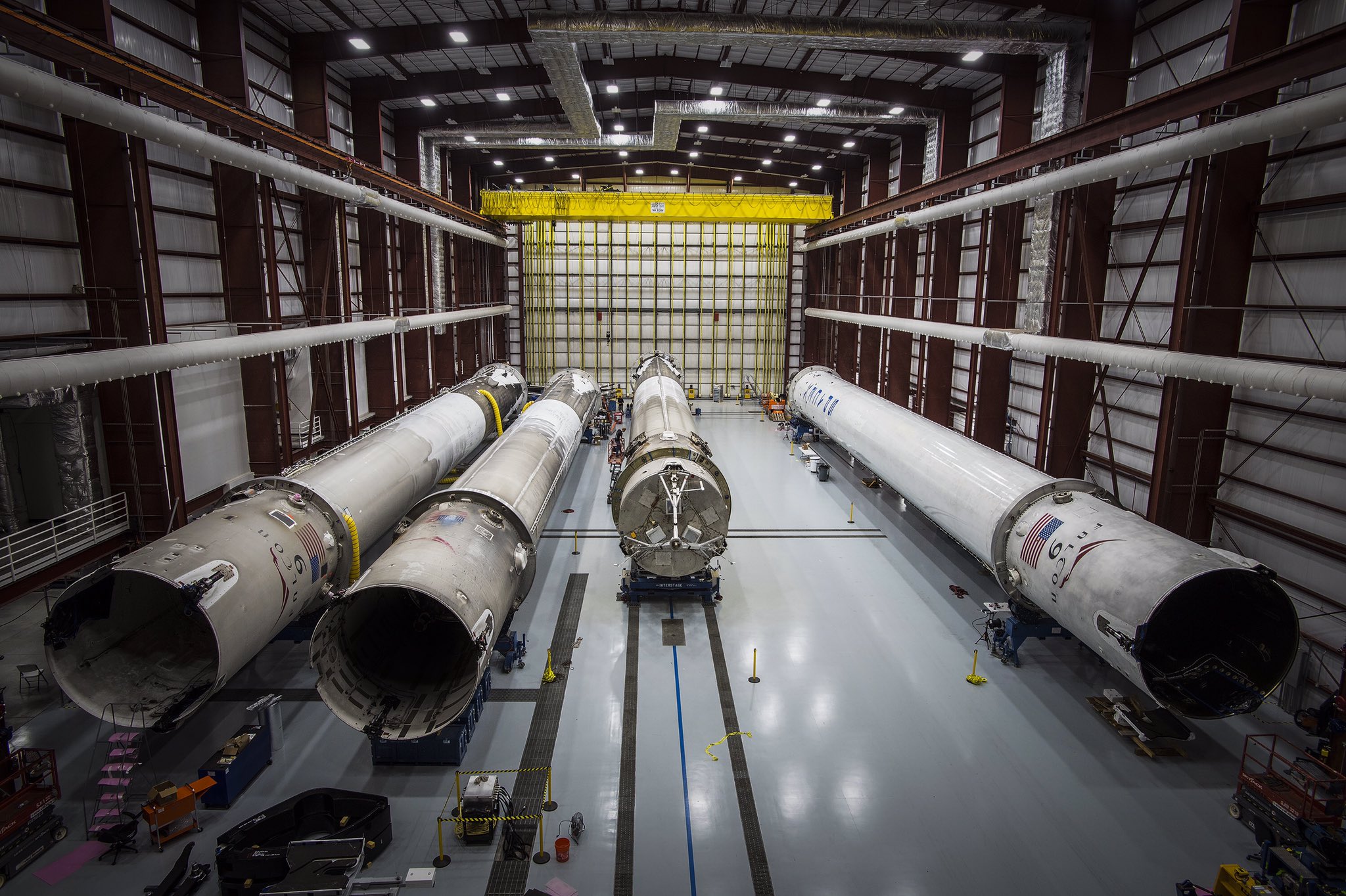
Tuesday, June 7, 2016: Meet SpaceX's "Fantastic Four": A quartet of Falcon 9 rocket booster stages sits in SpaceX's hangar after four successful landings, first by land, then by sea. These four rocket stages represent a giant leap forward for SpaceX's pursuit of reusable rocket technology. First, in December 2015, SpaceX made history by landing the first stage of its Falcon 9 rocket on a pad in Florida near its Cape Canaveral launch site. This year, SpaceX has made three consecutive successful Falcon 9 landings at sea (after a couple of narrow misses) on its drone ship "Of Course I Still Love You." The next step, SpaceX CEO Elon Musk has said, is to refly one of the used boosters - which could occur this year.
-- Tariq Malik
Otjizonjati on Mars
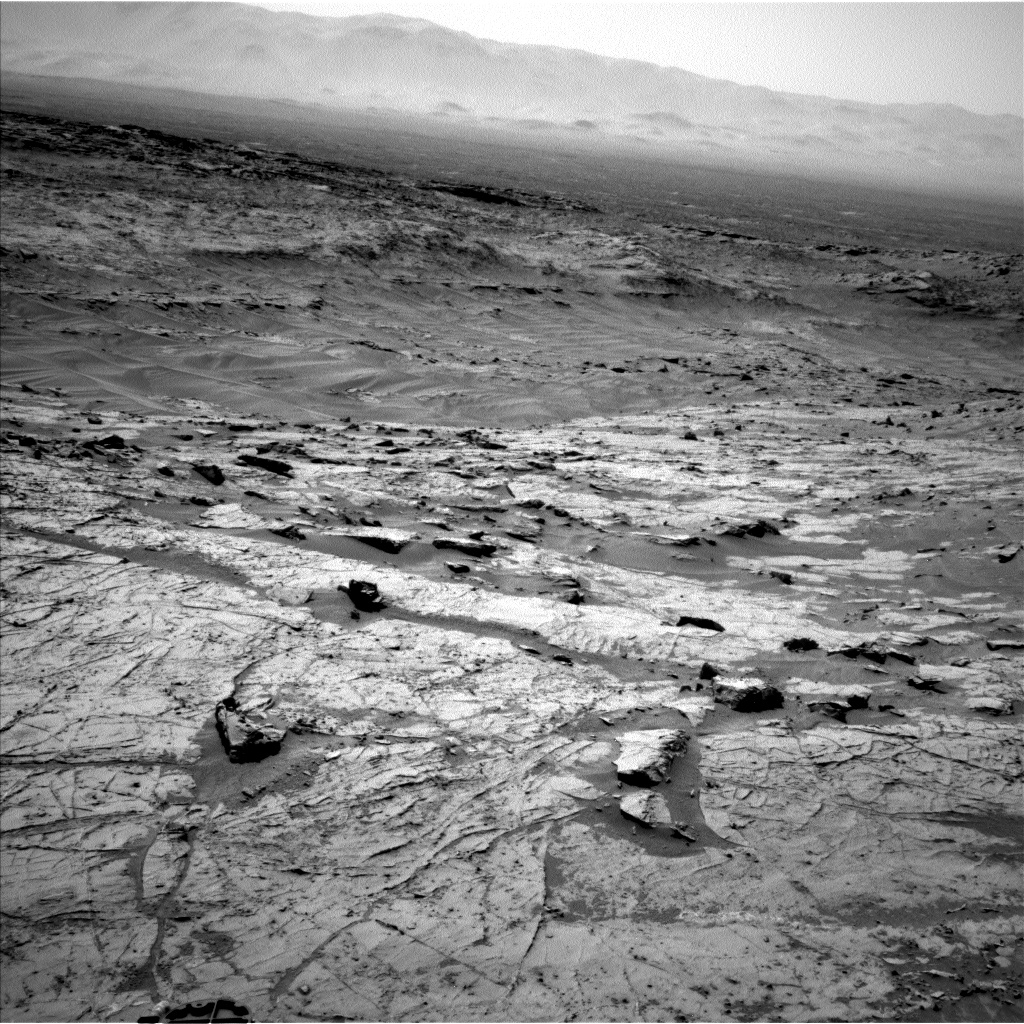
Wednesday, June 8, 2016: This image from NASA's Mars rover Curiosity shows what scientists have dubbed the Otjizonjati outcrop in the distance to the northwest. The rover took this image around June 2, 2016 and will take a 10-image full panorama when the outcrop is well lit by the morning sun.
-- Tariq Malik
Get the Space.com Newsletter
Breaking space news, the latest updates on rocket launches, skywatching events and more!
Cubesats, Away!
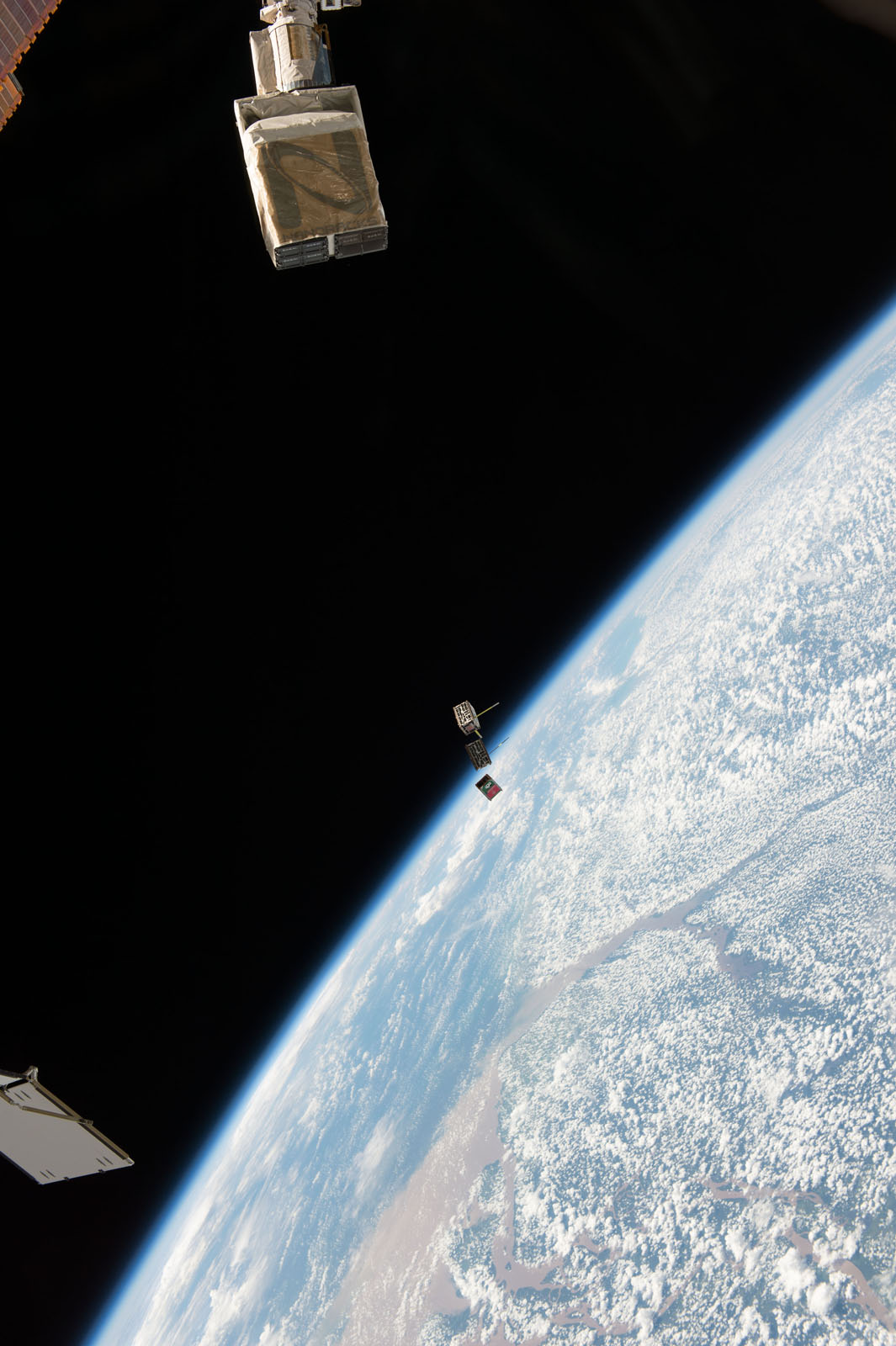
Thursday, June 9, 2016: A trio of small satellites, including two Nodes cubesats and the first ever built by elementary school students, launched from the International Space Station on May 16, 2016. NASA's Nodes satellites are designed to "demonstrate the ability to receive and distribute commands in space from the ground, while periodically exchanging scientific data from their onboard radiation instruments, a first for small satellites," according to NASA. The smaller cubesat, called STMSAT-1, was built by elementary school students at St. Thomas More Cathedral School in Arlington, Virginia. It carries a medallion blessed by Pope Francis and will take pictures of Earth from space. While the Nodes satellites are part of a NASA tech demonstration, the STMSat-1 cubesat was build under NASA's Cubesat Launch Initiative on the Educational Launch of Nanosatellites. All three satellites launched to the space station on a cargo ship on Dec. 6. 2015. They were deployed with the NanoRacks Cubesat Deployer.
--Tariq Malik
A Step to the Stars
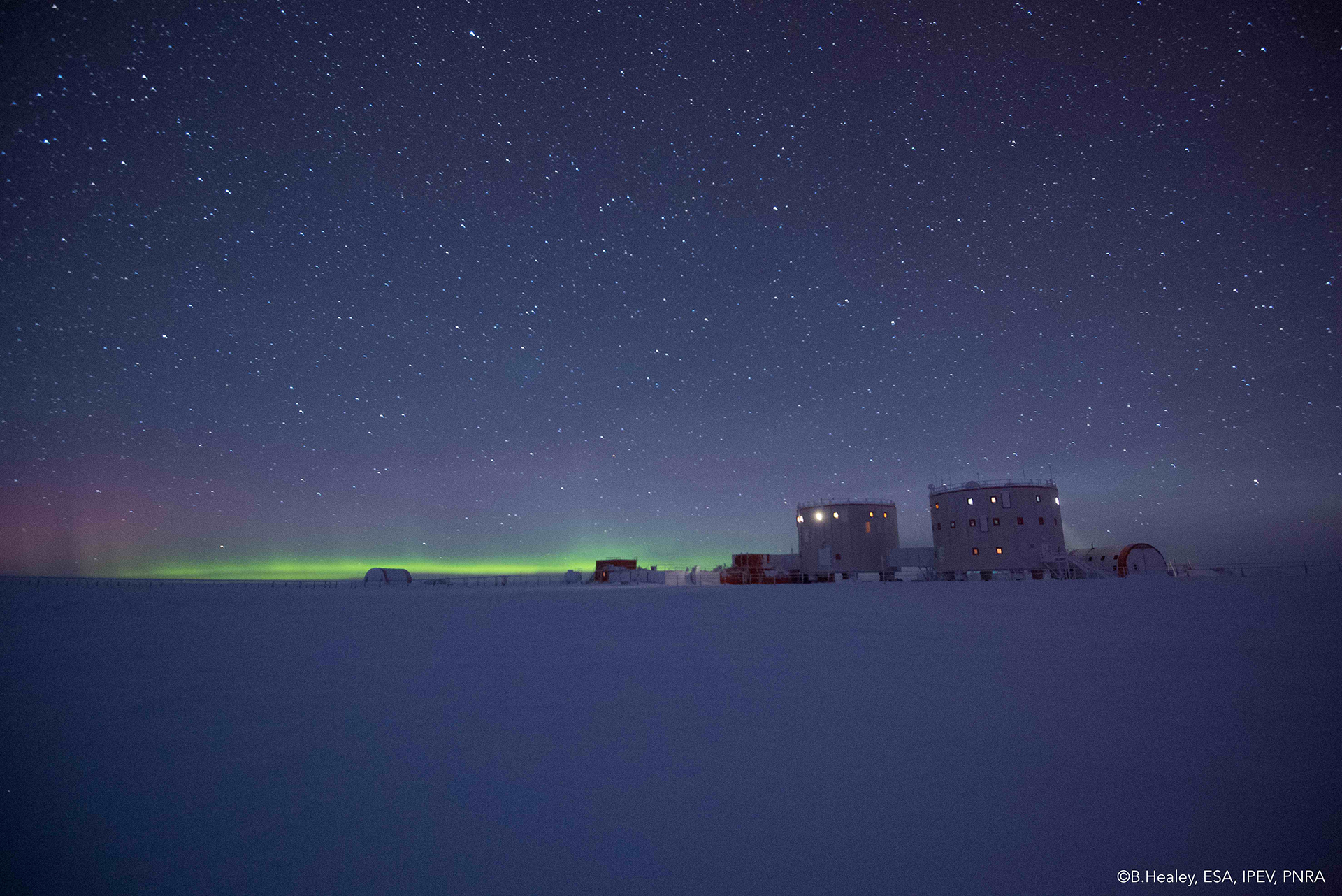
The European Concordia base in Antarctica looks like an otherworldly base in this image captured by Beth Healy, an ESA-sponsored medical doctor, during her expedition to the base with a 13-person crew in 2015. Auroras and the bright stars light up this scene. The European Space Agency released this photo on June 7. Healy is telling her story of life at the bottom of the world (her crew spent nine months at Concordia) in "Step to the Stars - our future in space starts on Earth." The presentation is coincides with the opening of an exhibition on space and Antarctica at the WhiteSpace in the Times Science festival in Cheltenham, U.K. from June 7 to June 12.
A Galactic Hermit
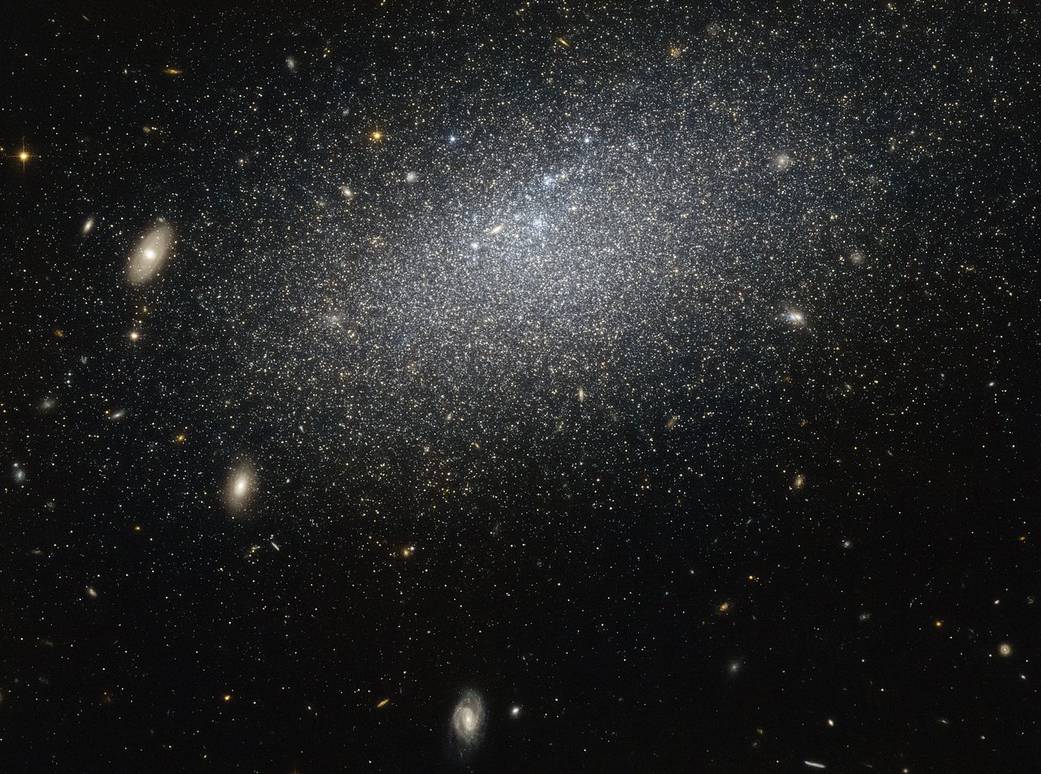
Monday, June 13, 2016: A hermit galaxy - the irregular dwarf galaxy UGC 4879 - gets a close-up from the Hubble Space Telescope in this image, which NASA released June 10. What appears as a smattering of stars is actually the isolated galaxy, which is 2.3 million light-years from its nearest neighbor Leo A. That's about the same distance separating our own Milky Way galaxy from the Andromeda galaxy. Since UGC 4879 has not interacted with many galaxies, it's a prime laboratory for astronomers studying star formation processes.
-- Tariq Malik
NASA Honors Orlando Victims
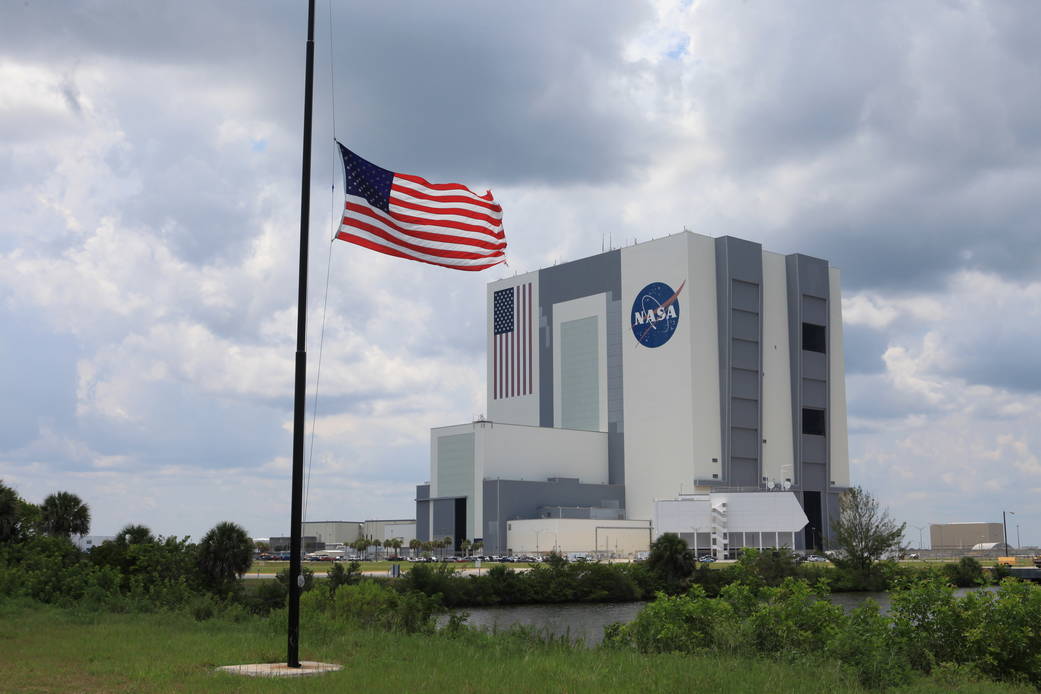
Tuesday, June 14, 2016:The American flag flies at half staff at NASA’s Kennedy Space Center in Cape Canaveral, Florida "as a mark of respect for the victims of the act of hatred and terror" at the Pulse nightclub in Orlando, about 50 miles west of the NASA center.
-- Tariq Malik
Join our Space Forums to keep talking space on the latest missions, night sky and more! And if you have a news tip, correction or comment, let us know at: community@space.com.

Space.com is the premier source of space exploration, innovation and astronomy news, chronicling (and celebrating) humanity's ongoing expansion across the final frontier. Originally founded in 1999, Space.com is, and always has been, the passion of writers and editors who are space fans and also trained journalists. Our current news team consists of Editor-in-Chief Tariq Malik; Editor Hanneke Weitering, Senior Space Writer Mike Wall; Senior Writer Meghan Bartels; Senior Writer Chelsea Gohd, Senior Writer Tereza Pultarova and Staff Writer Alexander Cox, focusing on e-commerce. Senior Producer Steve Spaleta oversees our space videos, with Diana Whitcroft as our Social Media Editor.
